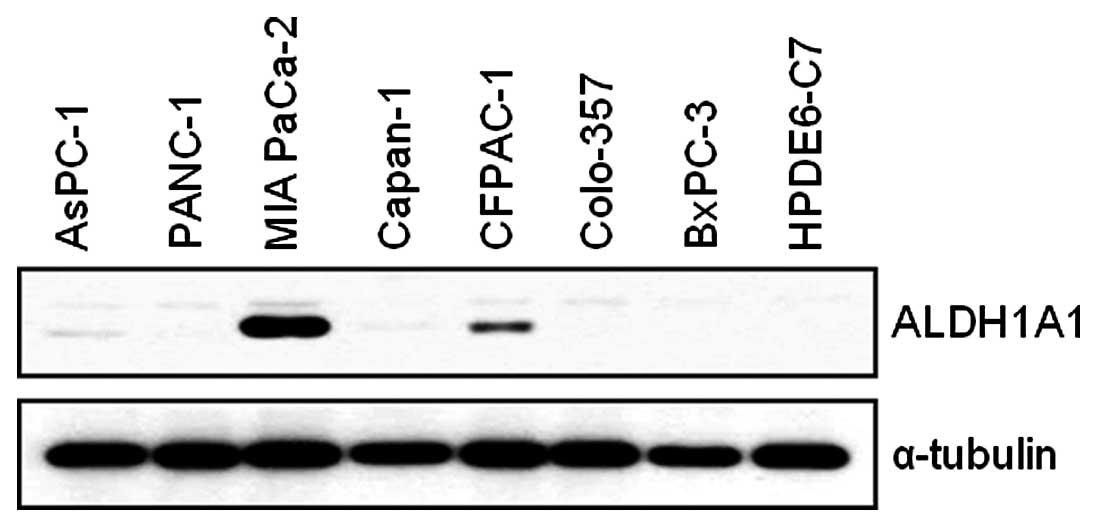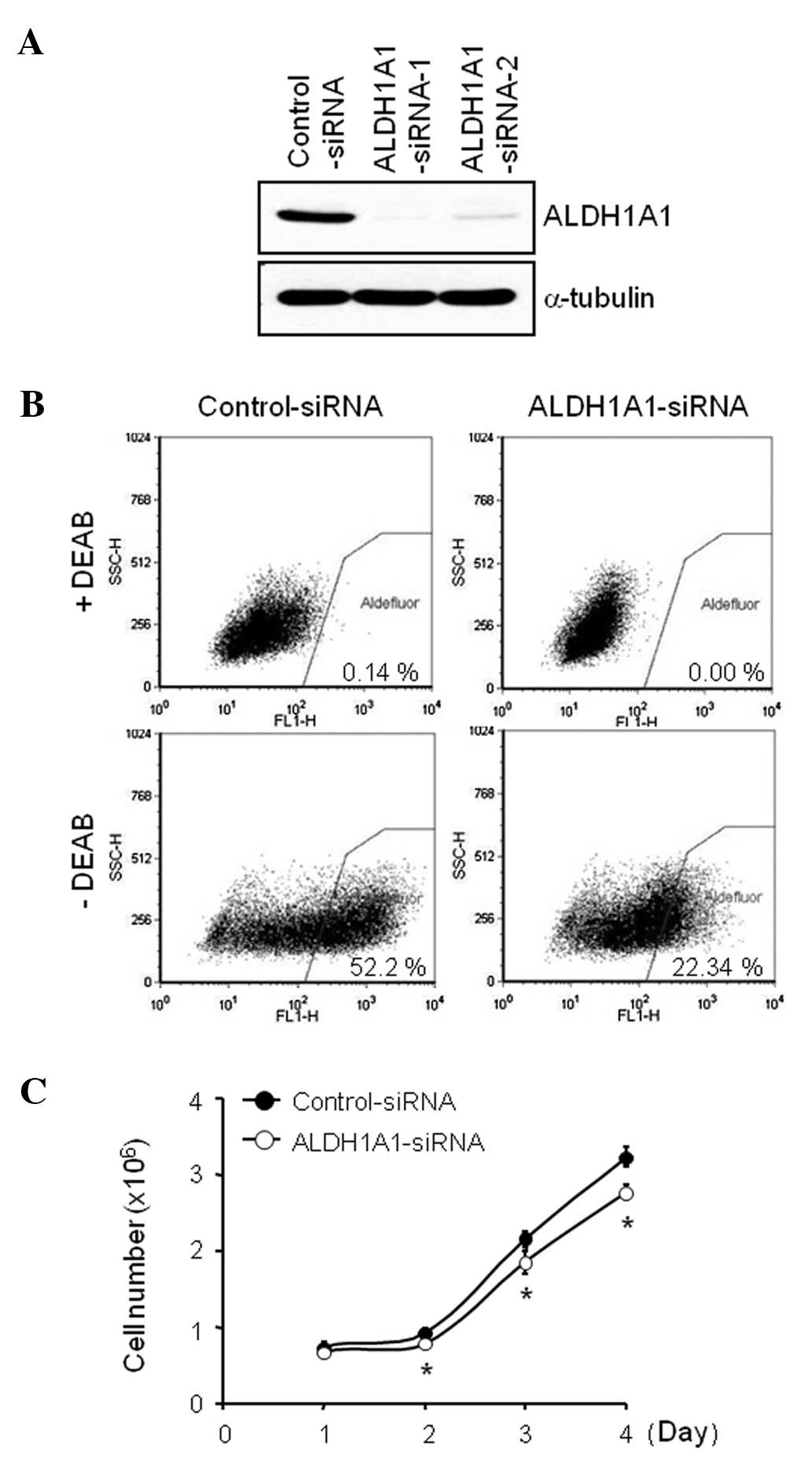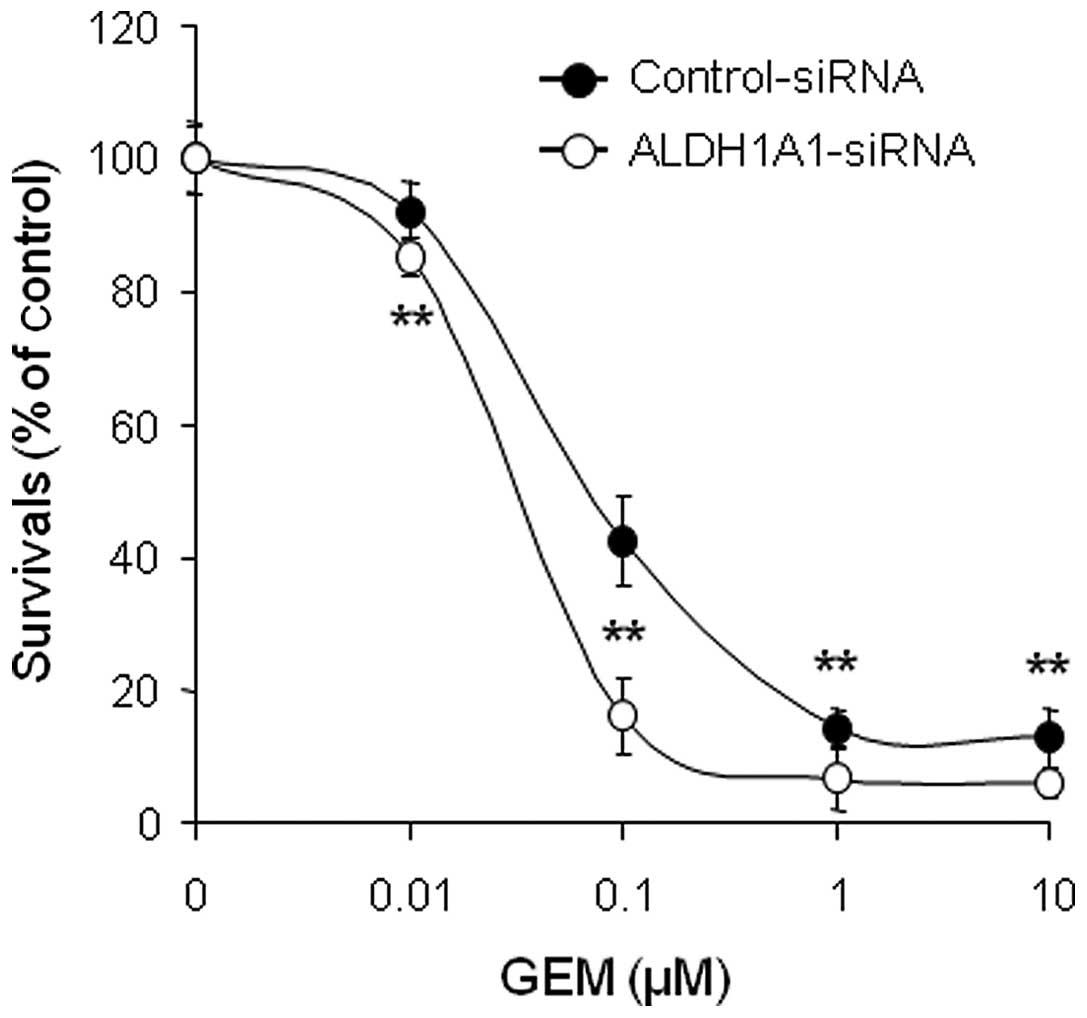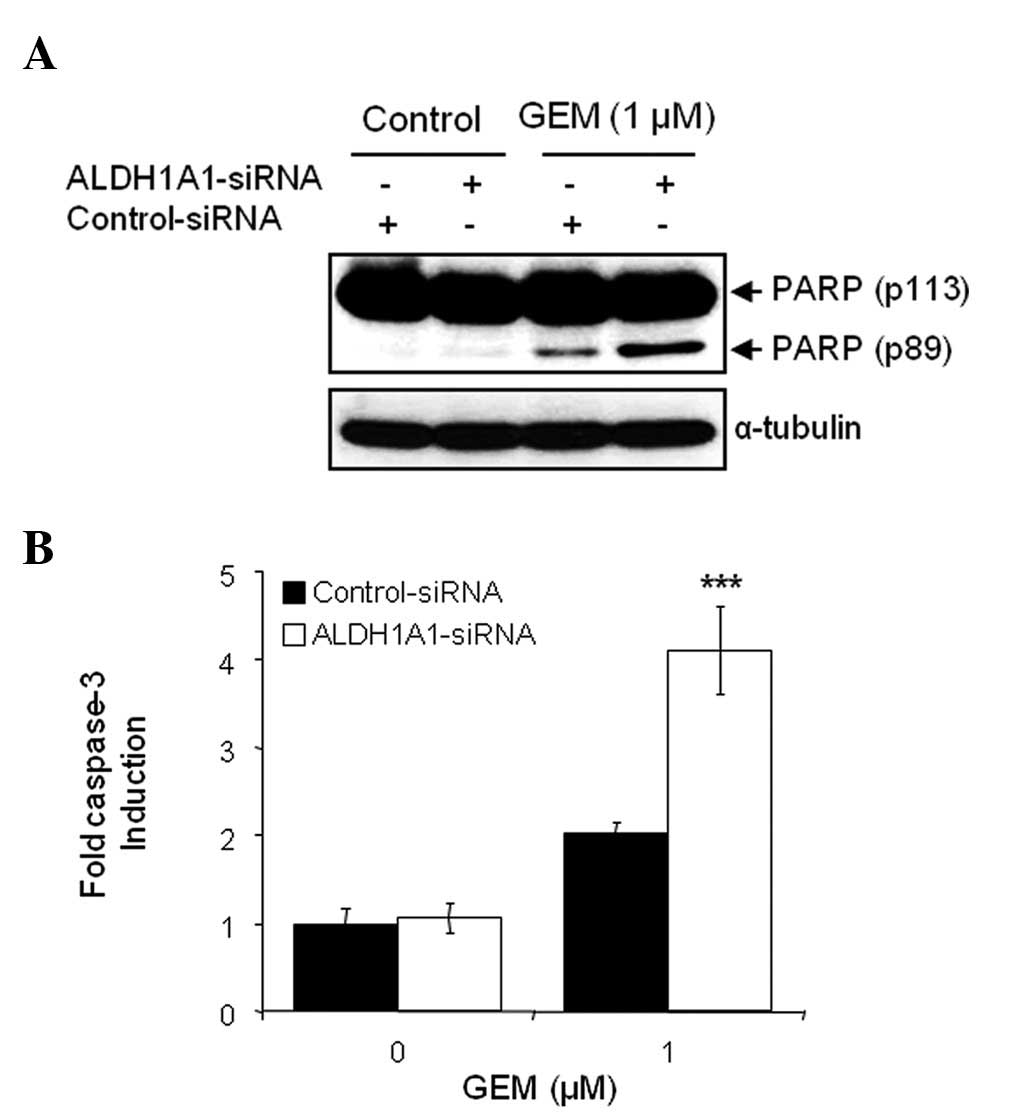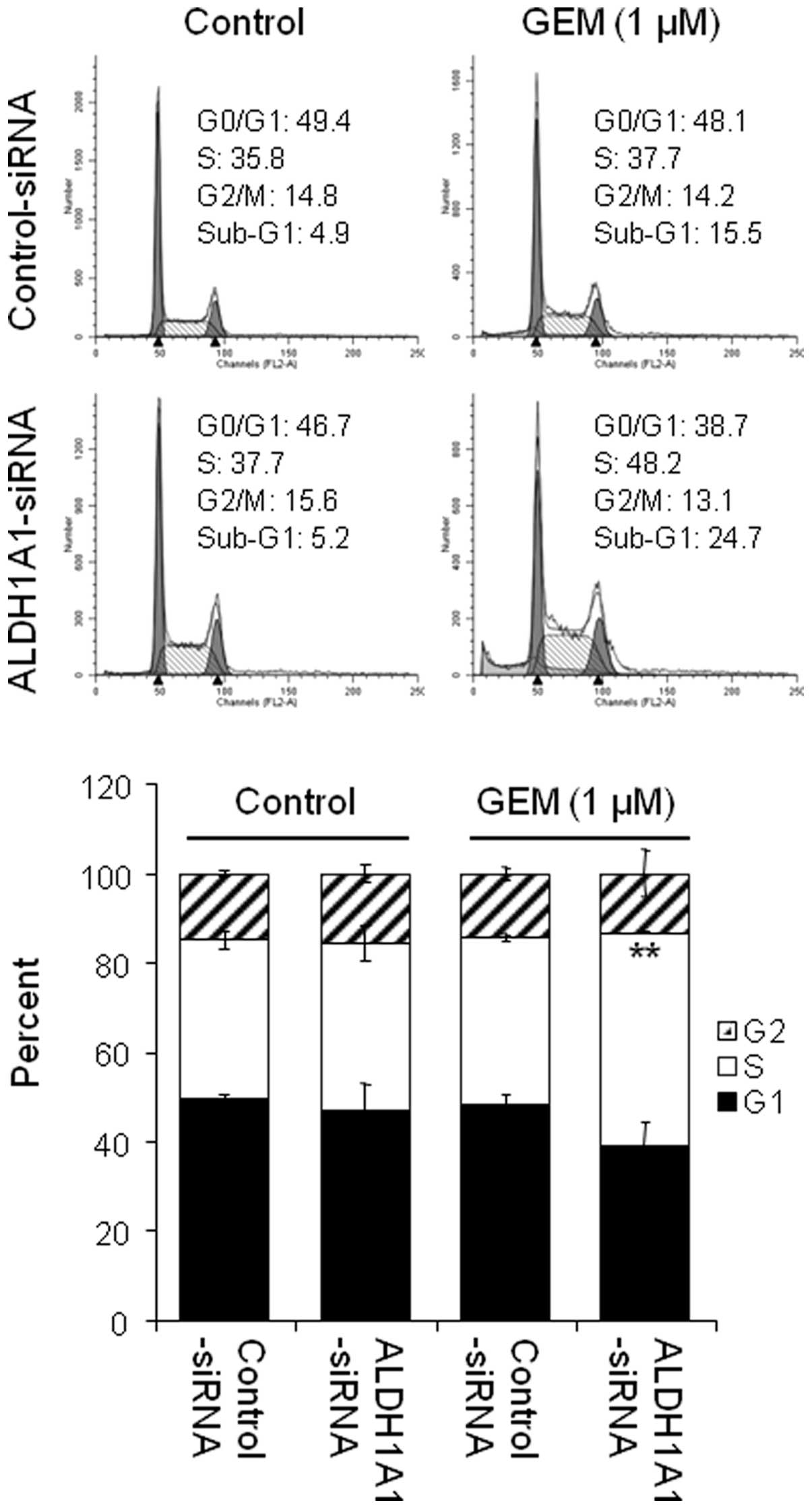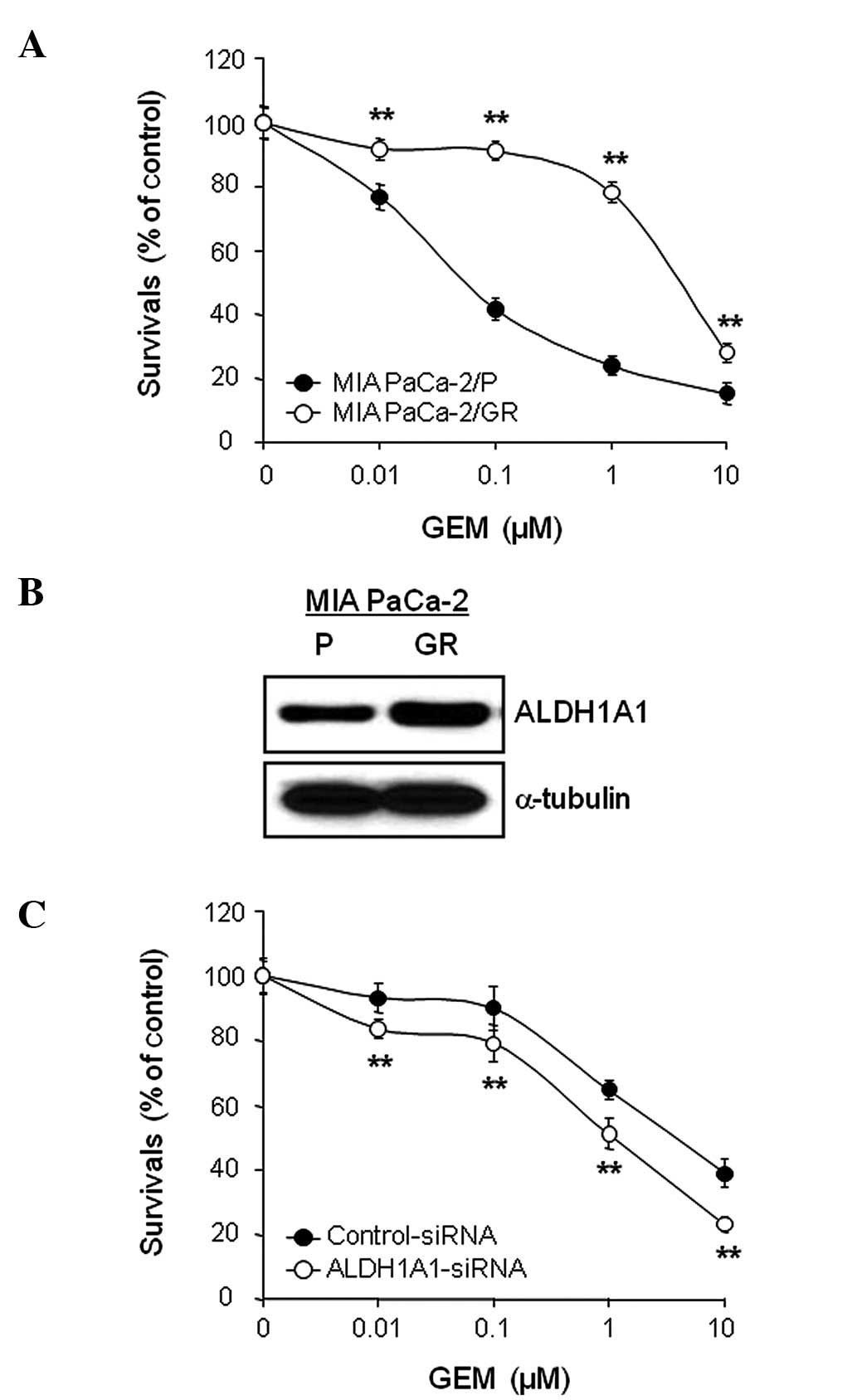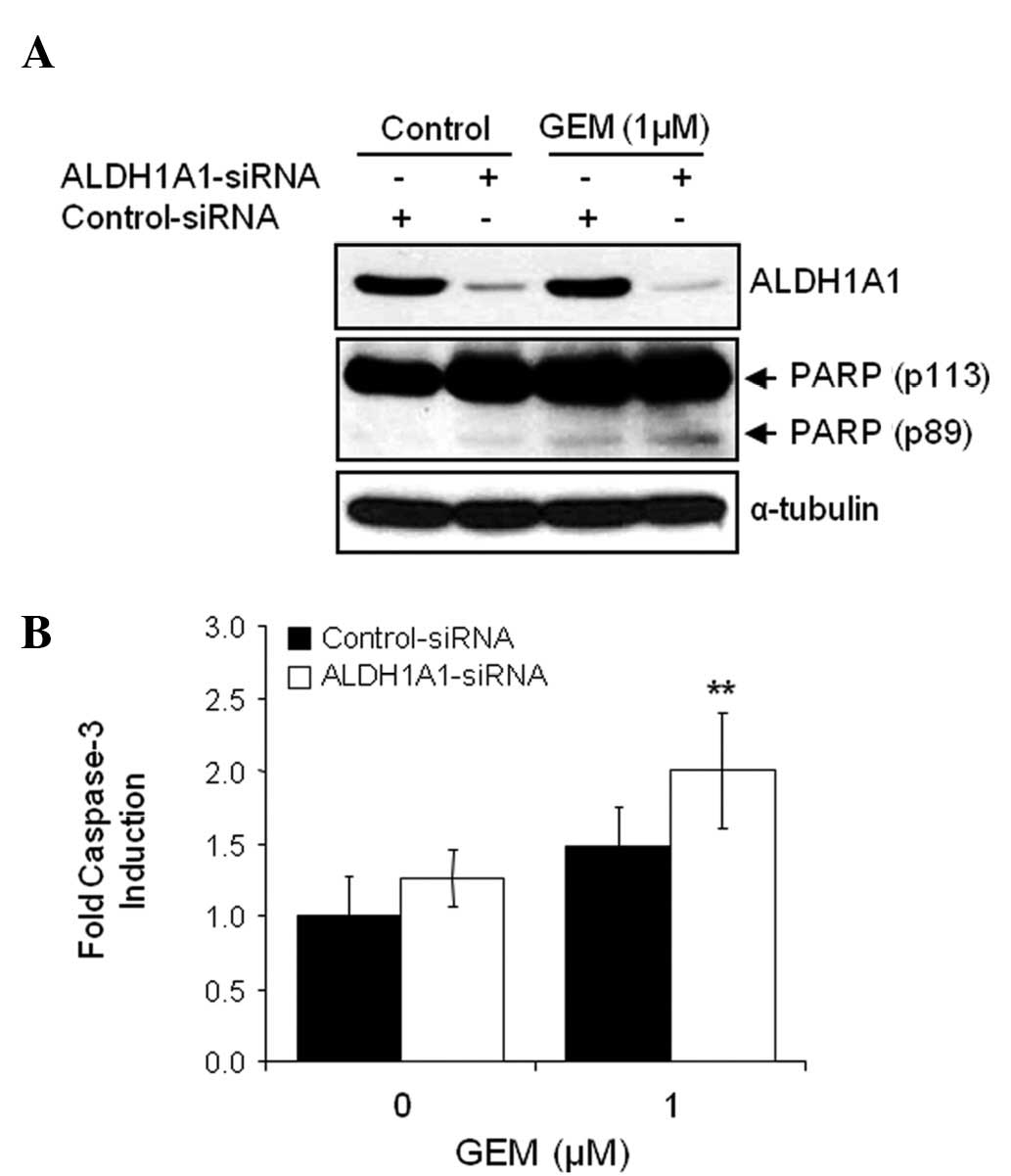|
1
|
Jemal A, Siegel R, Xu J and Ward E: Cancer
statistics, 2010. CA Cancer J Clin. 60:277–300. 2010. View Article : Google Scholar
|
|
2
|
Vincent A, Herman J, Schulick R, Hruban RH
and Goggins M: Pancreatic cancer. Lancet. 378:607–620. 2011.
View Article : Google Scholar
|
|
3
|
Van Laethem JL, Verslype C, Iovanna JL,
Michl P, Conroy T, Louvet C, Hammel P, Mitry E, Ducreux M,
Maraculla T, Uhl W, Van Tienhoven G, Bachet JB, Marechal R,
Hendlisz A, Bali M, Demetter P, Ulich F, Aust D, Luttges J, Peeters
M, Mauer M, Roth A, Neoptolemos JP and Lutz M: New strategies and
designs in pancreatic cancer research: consensus guidelines report
from a European expert panel. Ann Oncol. 23:570–576.
2012.PubMed/NCBI
|
|
4
|
Burris HA III, Moore MJ, Andersen J, Green
MR, Rothenberg ML, Modiano MR, Cripps MC, Portenoy RK, Storniolo
AM, Tarassoff P, Nelson R, Dorr FA, Stephens CD and Von Hoff DD:
Improvements in survival and clinical benefit with gemcitabine as
first-line therapy for patients with advanced pancreas cancer: a
randomized trial. J Clin Oncol. 15:2403–2413. 1997.PubMed/NCBI
|
|
5
|
Conroy T, Desseiqne F, Ychou M, Bouche O,
Guimbaud R, Becouarn Y, Adenis A, Raoul JL, Gourgou-Bourgade S, de
la Fouchardiere C, Bennouna J, Bachet JB, Khemissa-Akouz F,
Pere-Verqe D, Delbaldo C, Assenat E, Chauffert B, Michel P,
Montoto-Grillot C and Ducreux M: FOLFIRINOX versus gemcitabine for
metastatic pancreatic cancer. N Engl J Med. 12:1817–1825. 2011.
View Article : Google Scholar
|
|
6
|
Cunninqham D, Chau I, Stocken DD, Valle
JW, Smith D, Steward W, Harper PG, Dunn J, Tudur-Smith C, West J,
Falk S, Crellin A, Adab F, Thompson J, Leonard P, Ostrowski J,
Eatock M, Scheithauer W, Herrmann R and Neoptolemos JP: Phase III
randomized comparison of gemcitabine versus gemcitabine plus
capecitabine in patients with advanced pancreatic cancer. J Clin
Oncol. 27:5513–5518. 2009. View Article : Google Scholar : PubMed/NCBI
|
|
7
|
Ueno H, Kiyosawa K and Kaniwa N:
Pharmacogenomics of gemcitabine: can genetic studies lead to
tailor-made therapy. Br J Cancer. 97:145–151. 2007. View Article : Google Scholar : PubMed/NCBI
|
|
8
|
Galmarini CM, Mackey JR and Dumontet C:
Nucleoside analogous: mechanisms of drug resistance and reversal
strategies. Leukemia. 15:875–890. 2001. View Article : Google Scholar : PubMed/NCBI
|
|
9
|
Lapidot T, Sirard C, Vormoor J, Murdoch B,
Hoang T, Caceres-Cortes J, Minden M, Paterson B, Caliqiuri MA and
Dick JE: A cell initiating human acute myeloid leukaemia after
transplantation into SCID mice. Nature. 367:645–648. 1994.
View Article : Google Scholar : PubMed/NCBI
|
|
10
|
Shah AN, Summy JM, Zhang J, Park SI,
Parikh NU and Gallick GE: Development and characterization of
gemcitabine-resistant pancreatic tumor cells. Ann Surg Oncol.
14:3629–3637. 2007. View Article : Google Scholar : PubMed/NCBI
|
|
11
|
Hong SP, Wen J, Bang S, Park S and Song
SY: CD44-positive cells are responsible for gemcitabine resistance
in pancreatic cancer cells. Int J Cancer. 125:2323–2331. 2009.
View Article : Google Scholar : PubMed/NCBI
|
|
12
|
Moreb J, Schweder M, Suresh A and Zucali
JR: Overexpression of the human aldehyde dehydrogenase class 1
results in increased resistance to 4-hydroperocyclophosphamide.
Cancer Gene Ther. 3:24–30. 1996.PubMed/NCBI
|
|
13
|
Moreb JS: Aldehyde dehydrogenase as a
marker for stem cells. Curr Stem Cell Res Ther. 3:237–246. 2008.
View Article : Google Scholar : PubMed/NCBI
|
|
14
|
Jiang F, Qui Q, Khanna A, Todd NW, Deepak
J, Xing L, Wang H, Liu Z, Su Y, Stass SA and Katz RL: Aldehyde
dehydrogenase 1 is a tumor stem cell-associated marker in lung
cancer. Mol Cancer Res. 7:330–338. 2009. View Article : Google Scholar : PubMed/NCBI
|
|
15
|
Li T, Su Y, Mei Y, Leng Q, Leng B, Liu Z,
Stass SA and Jiang F: ALDH1A1 is a marker for malignant prostate
stem cells and predictor of prostate cancer patients’ outcome. Lab
Invest. 90:234–244. 2010.PubMed/NCBI
|
|
16
|
Su Y, Qui Q, Zhang Z, Jiang Z, Leng Q, Liu
Z, Stass SA and Jiang F: Aldehyde dehydrogenase 1 A1-positive cell
population is enriched in tumor-initiating cells and associated
with progression of bladder cancer. Cancer Epidemiol Biomarkers
Prev. 19:327–337. 2010. View Article : Google Scholar : PubMed/NCBI
|
|
17
|
Balicki D: Moving forward in human mammary
stem cell biology and breast cancer prognostication using ALDH1.
Cell Stem Cell. 1:485–487. 2007. View Article : Google Scholar : PubMed/NCBI
|
|
18
|
Ginestier C, Hur MH, Charafe-Jauffret E,
Monville F, Dutcher J, Brown M, Jacquemier J, Viens P, Kleer CG,
Liu S, Schott A, Hayes D, Birnbaum D, Wicha MS and Dontu G: ALDH1
is a marker of normal and malignant human mammary stem cells and a
predictor of poor clinical outcome. Cell Stem Cell. 1:555–567.
2007. View Article : Google Scholar : PubMed/NCBI
|
|
19
|
Charafe-Jauffret E, Ginestier C, Iovino F,
Tarpin C, Diebel M, Esterni B, Houvenaeghel G, Extra JM, Bertucci
F, Jacquemier J, Xerri L, Dontu G, Stassi G, Xiao Y, Barsky SH,
Birnbaum D, Viens P and Wicha MS: Aldehyde dehydrogenase 1-positive
cancer stem cells mediate metastasis and poor clinical outcome in
inflammatory breast cancer. Clin Cancer Res. 16:45–55. 2010.
View Article : Google Scholar : PubMed/NCBI
|
|
20
|
Croker AK, Goodale D, Chu J, Postenka C,
Hedley BD, Hess DA and Allan AL: High aldehydrogenase and
expression of cancer stem cell markers selects for breast cancer
cells with enhanced malignant and metastatic ability. J Cell Mol
Med. 13:2236–2252. 2009. View Article : Google Scholar : PubMed/NCBI
|
|
21
|
Huang EH, Hynes MJ, Zhang T, Ginestier C,
Dontu G, Appelman H, Fields JZ, Wicha MS and Boman BM: Aldehyde
dehydrogenase 1 is a marker for normal and malignant human colonic
stem cells (SC) and tracks SC overpopulation during colon
tumorigenesis. Cancer Res. 69:3382–3389. 2009. View Article : Google Scholar : PubMed/NCBI
|
|
22
|
Carpentino JE, Hynes MJ, Appelman HD,
Zheng T, Sterndler DA, Scott EW and Huang EH: Aldehyde
dehydrogenase-expressing colon stem cells contribute to
tumorigenesis in the transition from colitis to cancer. Cancer Res.
69:8208–8215. 2009. View Article : Google Scholar : PubMed/NCBI
|
|
23
|
Dembinski JL and Krauss S:
Characterization and functional analysis of a slow cycling stem
cell-like subpopulation in pancreas adenocarcinoma. Clin Exp
Metastasis. 26:611–623. 2009. View Article : Google Scholar : PubMed/NCBI
|
|
24
|
Ucar D, Cogle CR, Zucali JR, Ostmark B,
Scott EW, Zori R, Gray BA and Moreb JS: Aldehyde dehydrogenase
activity as a functional marker for lung cancer. Chem Biol
Interact. 178:44–55. 2009. View Article : Google Scholar
|
|
25
|
Ma S, Chan KW, Hu L, Lee TK, Wo JY, Ng IO,
Zheng BJ and Guan XY: Identification and characterization of
tumorigenic live cancer stem/progenitor cells. Gastroenterology.
132:2542–2556. 2007. View Article : Google Scholar : PubMed/NCBI
|
|
26
|
Landen CN Jr, Goodman B, Katre AA, Steg
AD, Nick AM, Stone RL, Miller LD, Mejia PV, Jennings NB, Gershenson
DM, Bast RC Jr, Coleman RL, Lopez-Berestein G and Sood AK:
Targeting aldehyde dehydrogenase cancer stem cells in ovarian
cancer. Mol Cancer Ther. 9:3186–3199. 2010. View Article : Google Scholar : PubMed/NCBI
|
|
27
|
Furukawa T, Duquid WP, Rosenberg L,
Viallet J, Galloway DA and Tsao MS: Long-term culture and
immortalization of epithelial cells from normal adult human
pancreatic ducts transfected by the E6E7 gene of human papilloma
virus 16. Am J Pathol. 148:1763–1770. 1996.PubMed/NCBI
|
|
28
|
Le Moguen K, Lincert H, Marcelo P,
Lemoisson E, Heutte N, Duval M, Poulain L, Ving J, Gauduchon P and
Baudin B: A proteomic kinetic analysis of JGROV1 ovarian carcinoma
cell line response to cisplatin treatment. Proteomics. 7:4090–4101.
2007.PubMed/NCBI
|
|
29
|
Ludwig A, Dietel M and Lage H:
Identification of differentially expressed genes in classical and
atypical multidrug-resistant gastric carcinoma cells. Anticancer
Res. 22:3213–3221. 2002.PubMed/NCBI
|
|
30
|
Russo JE and Hilton J: Characterization of
cytosolic aldehyde dehydrogenase from cyclophosphamide resistant
L1210 cells. Cancer Res. 48:2963–2968. 1988.PubMed/NCBI
|
|
31
|
Yoshida A, Dave V, Han H and Scanlon KJ:
Enhanced transcription of the cytosolic ALDH gene in
cyclophosphamide resistant human carcinoma cells. Adv Exp Med Biol.
328:63–72. 1993. View Article : Google Scholar : PubMed/NCBI
|
|
32
|
Kohn FR, Landkamer GJ, Manthey CL, Ramsay
NK and Sladek NE: Effect of aldehyde dehydrogenase inhibitors on
the ex vivo sensitivity of human multipotent and committed
hematopoietic progenitor cells and malignant blood cells to
oxazaphosphorines. Cancer Res. 47:3180–3185. 1987.
|
|
33
|
Kallifatidis G, Labsch S, Rausch V,
Mattern J, Gladkich J, Moldenhauer G, Buchler MW, Salnikov AV and
Herr I: Sulforaphane increases drug-mediated cytotoxicity toward
cancer stem-like cells of pancreas and prostate. Mol Ther.
19:188–195. 2011. View Article : Google Scholar : PubMed/NCBI
|
|
34
|
Riveros-Rosas H, Julian-Sanchez A and Pina
E: Enzymology of ethanol and acetaldehyde metabolism in mammals.
Arch Med Res. 28:453–471. 1997.PubMed/NCBI
|
|
35
|
Donadelli M, Costanzo C, Beqhelli S,
Scupoli MT, Dandrea M, Bonora A, Piacentini P, Budillon A, Caraqlia
M, Scarpa A and Palmieri M: Synergistic inhibition of pancreatic
adenocarcinoma cell growth by trichostatin A and gemcitabine.
Biochim Biophys Acta. 1773:1095–1106. 2007. View Article : Google Scholar : PubMed/NCBI
|















